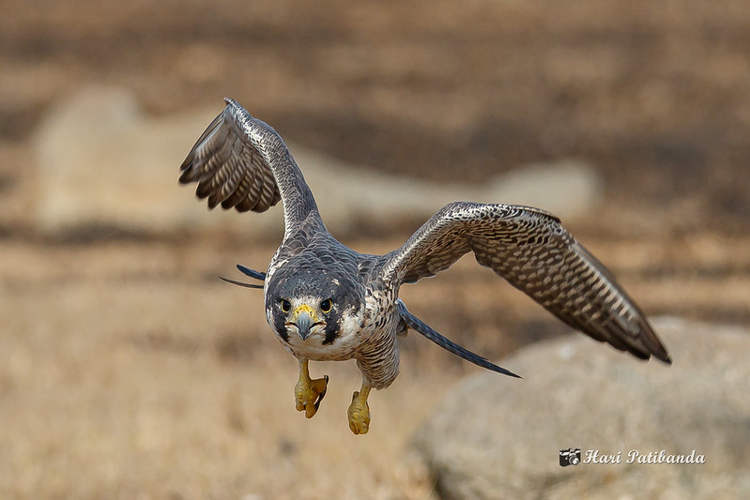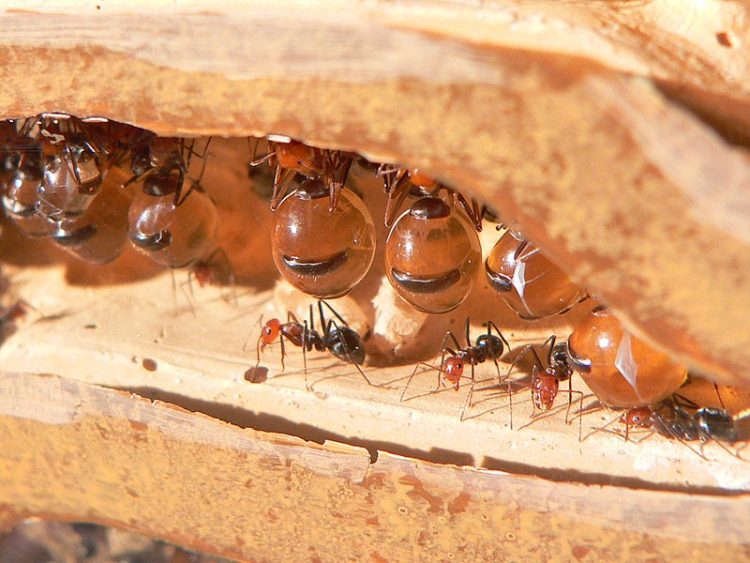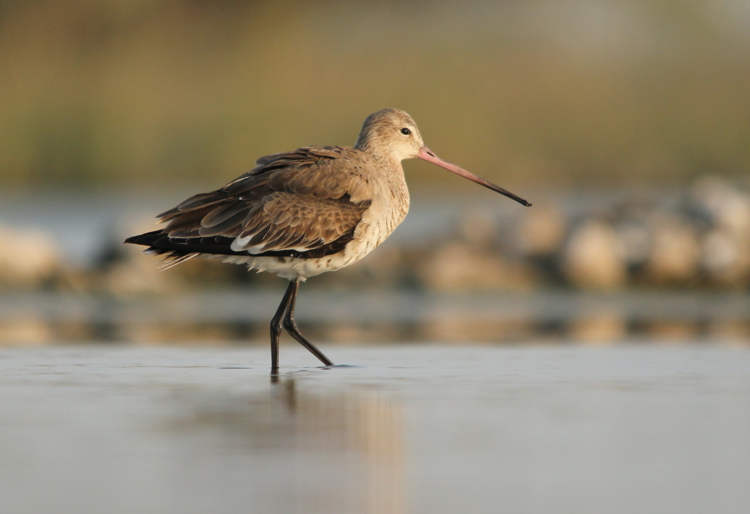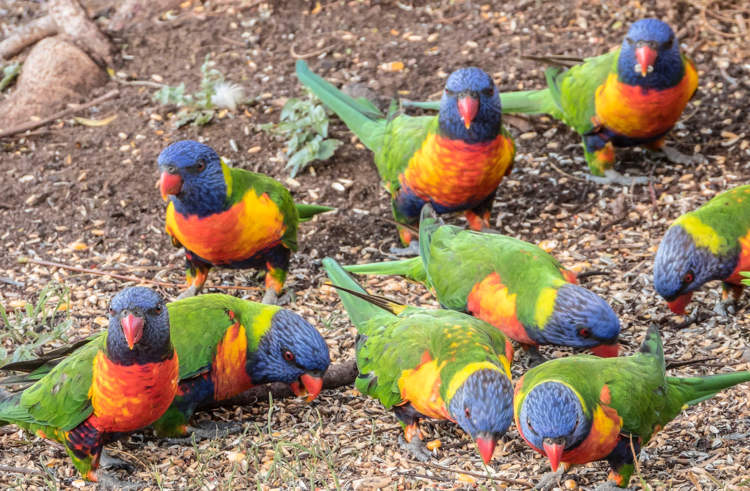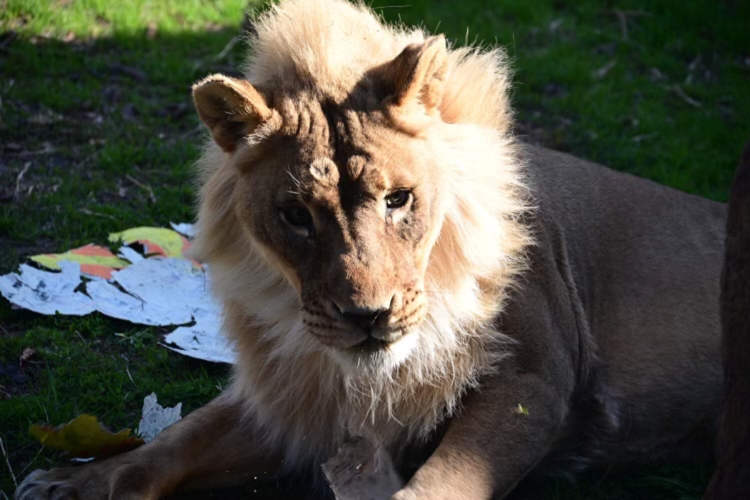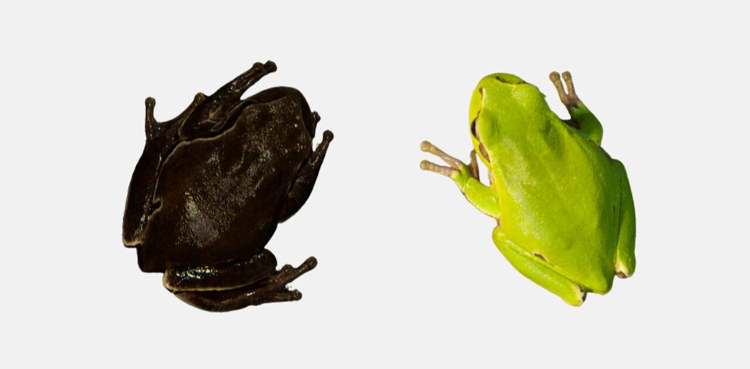What looked like a growing oil spill in Michigan’s Mackinac Straits area turned out to be a massive gathering of tens of thousands of ducks and other aquatic birds.
On December 21 of last year, the Mackinac Bridge Authority started receiving calls from concerned divers regarding a possible oil spill in the area. With each passing day, the number of calls regarding the oil spill kept growing, which makes sense, considering that the black mass that had formed on the water appeared to be growing. However, it wasn’t oil, but a record-setting gathering of Redhead ducks. In the beginning, authorities counted around 7,000 of them gathered together under and around Mackinac Bridge. Their number has grown since then, and there are now several tens of thousands of birds making up the “oil spill”.




